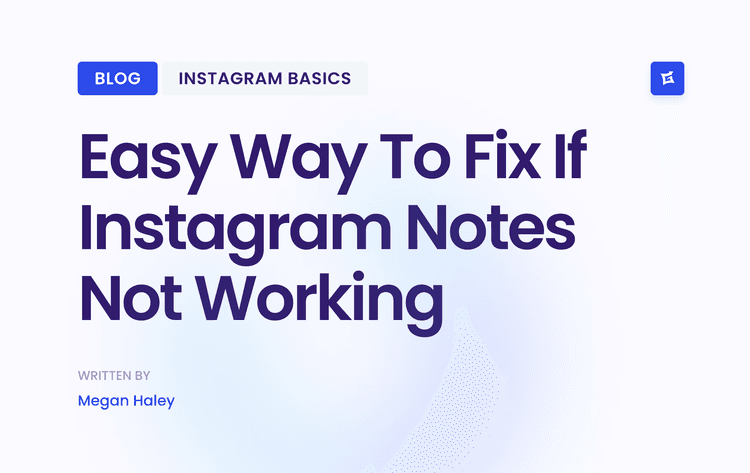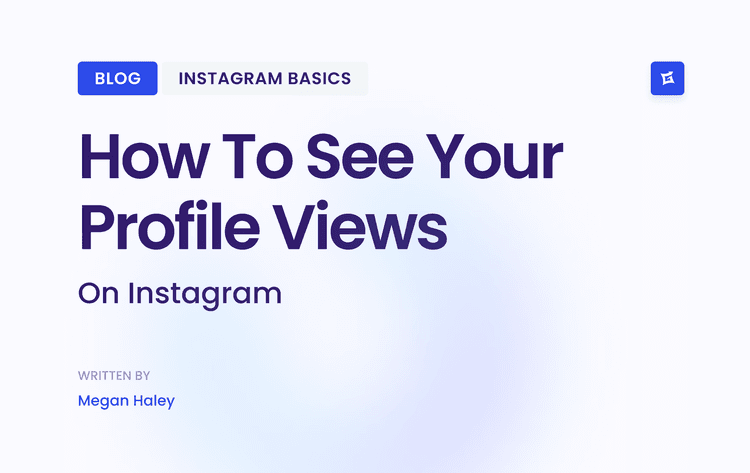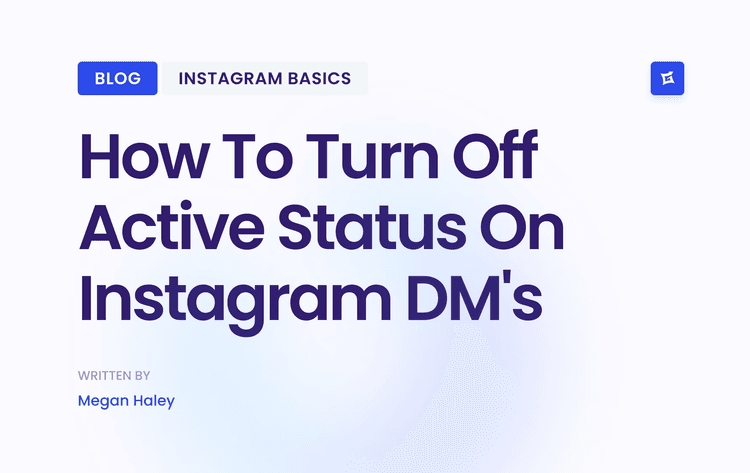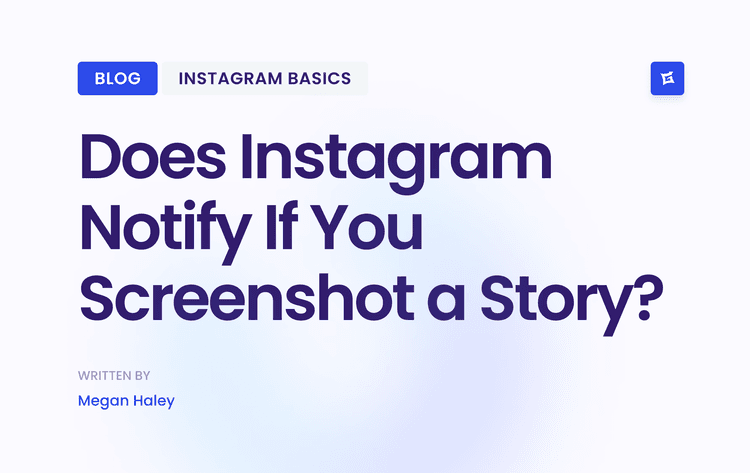Building a Sponsor-Ready Instagram Profile
Let's dive into what it takes to prepare your profile for those brand partnerships.
Define Your Unique Niche
Your niche is everything. It's your specialty, the corner of the internet you own. A vague "lifestyle" account gets lost in the noise, but something specific like "sustainable lifestyle for urban apartment dwellers" immediately tells a brand what you're about and who follows you.
Getting your niche right does a few crucial things:
It pulls in the right crowd: You build a community that genuinely cares about your content, which means higher engagement.
It makes you an expert: You become the go-to person for that topic, building trust with followers and potential sponsors.
It acts as a filter: You'll attract brands that are a natural fit, making your sponsored content feel authentic instead of like a random ad.
This infographic puts into perspective just how central Instagram is in the influencer world.
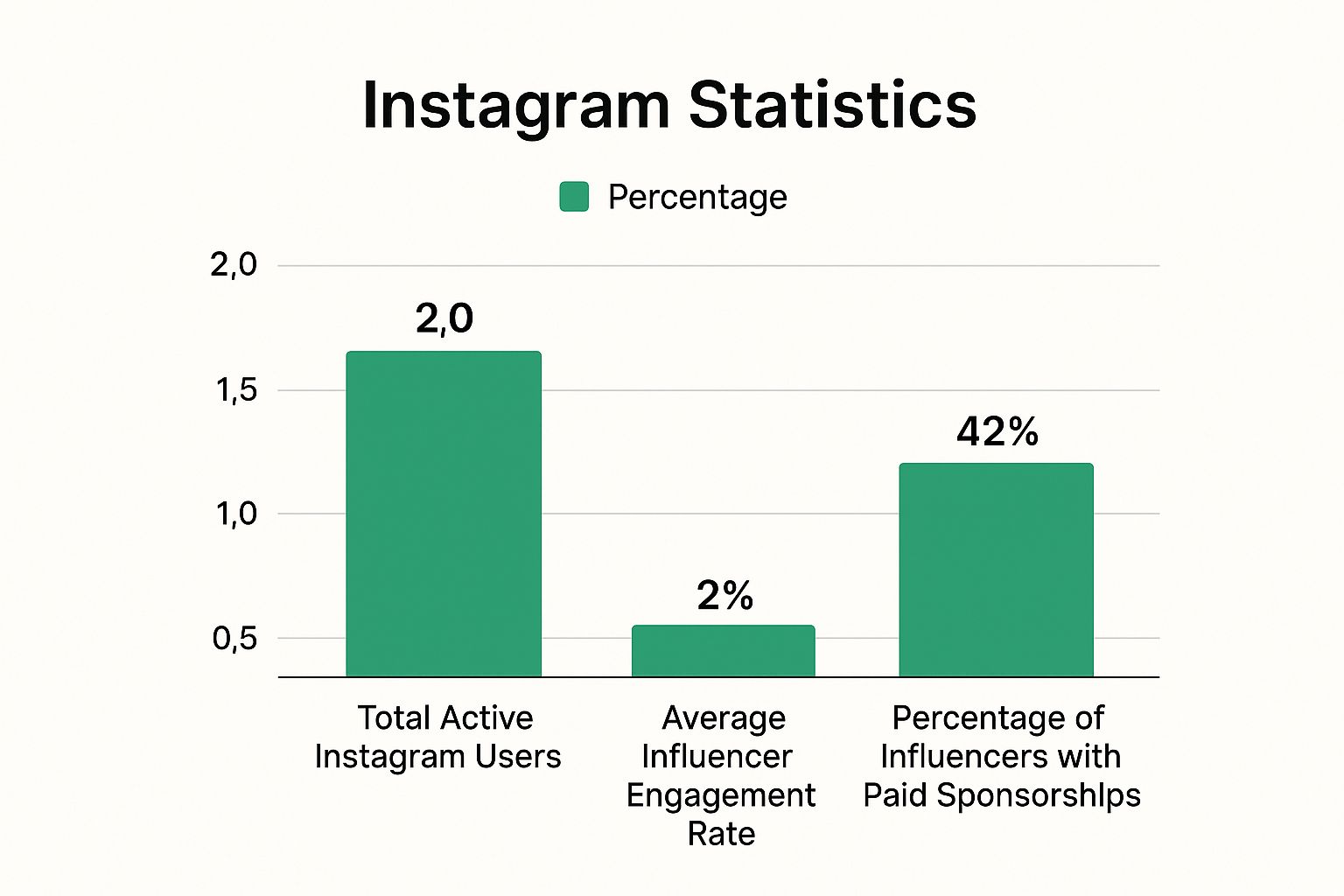
The key takeaway here is that while the platform is huge, the number of influencers with paid deals is still on the rise. There's plenty of room for new creators to join.
Craft a Bio That Sells
You've got 150 characters in your Instagram bio to make an impression. It’s your elevator pitch. A generic "Lover of life and coffee" just won't cut it. You need to be direct and professional.
> Your bio needs to quickly answer: Who are you? What do you do? And why should I care? Make sure to include your name, your specific niche, the value you provide, and a clear call to action, like your business email.
A great example for a food blogger might be: "Maria | Plant-Based Recipes for Busy Families 🌱 | Helping you cook healthy meals in under 30 mins | 📧: collab@mariaskitchen.com". It’s clear, informative, and tells brands exactly how to get in touch.
Curate a Visually Cohesive Feed
Your feed is your portfolio. It should look polished and professional. This doesn't mean every photo has to be identical, but there should be a consistent aesthetic. Whether it's a specific color palette, an editing style, or a recurring content theme, your grid should feel like a cohesive, inviting brand experience.
Of course, a pretty feed is only half the battle. You need an active, engaged community. Responding to comments and DMs shows brands you have a loyal following. To help keep the conversation flowing, you can even use an Instagram comment generator to spark ideas and stay on top of interactions.
The amount you can earn from sponsorships often depends on your follower count and engagement rates. Here’s a general idea of what influencers can make at different levels.
Instagram Influencer Tiers and Earning Potential
Nano-Influencers typically have between 1,000 and 10,000 followers. They usually charge between $10 and $100 per post.
Micro-Influencers have a follower count ranging from 10,000 to 50,000. Their average rate per post is $100 to $500.
Mid-Tier Influencers possess between 50,000 and 500,000 followers, with an average post rate of $500 to $5,000.
Macro-Influencers have 500,000 to 1 million followers and charge $5,000 to $10,000 per post on average.
Mega-Influencers, with over 1 million followers, typically charge $10,000 or more per post.
Keep in mind these are just averages. Rates can change a lot based on your niche, engagement rate, and the specifics of the campaign. A nano-influencer with a highly specialized, engaged audience can sometimes command rates similar to a micro-influencer with a broader following.
Creating Content That Brands Want to Sponsor
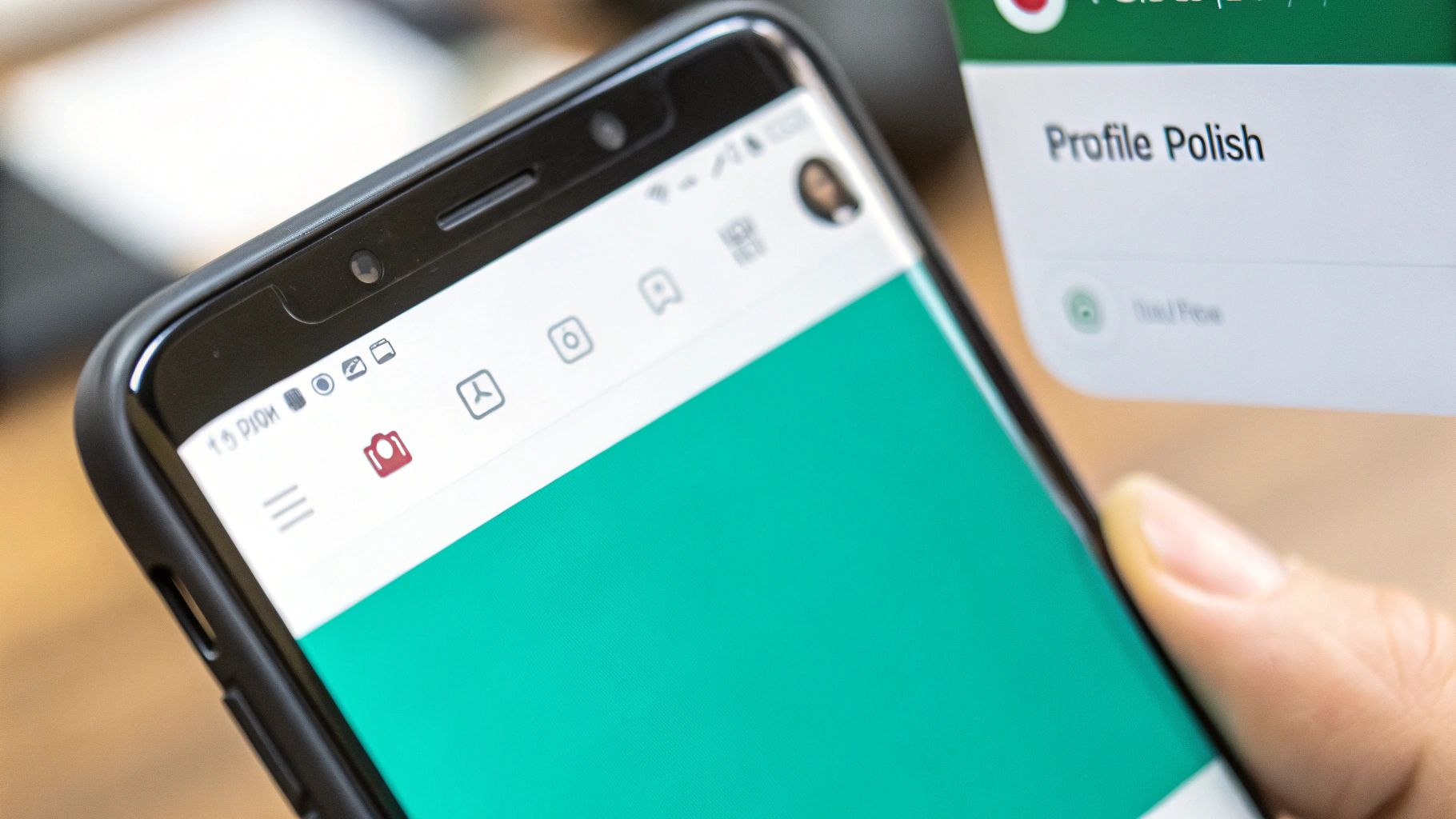
Think of your content as your resume, portfolio, and sales pitch all rolled into one. It’s what makes a brand’s casual scroll stop and turn into a serious sponsorship conversation. Sure, posting things your audience loves is the starting point, but getting brands to notice requires a bit more strategy.
This isn’t about selling out or changing who you are. It’s about fine-tuning what you already do to show brands you’d be a fantastic partner. High-quality, consistent, and on-brand content screams reliability and professionalism—two things every brand manager is desperately looking for.
Consistency Is Your Best Friend
If you’re only posting whenever the mood strikes, you’re not going to look like a reliable partner to a potential sponsor. A consistent content strategy is non-negotiable. It shows brands you’re a serious creator who is committed to your community. This all starts with a plan.
A content calendar will change the game for you. It doesn't need to be fancy—a simple spreadsheet or an app will do. Just map out your posts, Stories, and Reels for the coming weeks. This creates a steady stream of content and helps you maintain that visual and thematic consistency that makes your brand strong.
When sponsors see that you can stick to a schedule, they see someone who can execute a paid campaign. They need that confidence.
> Pro Tip: Don't get stuck in a rut with just photos. Mix it up! Use Reels to let your personality shine, take people behind the scenes with Stories, and write captions that start a conversation. This variety keeps your audience hooked and shows brands you have a creative range.
Your Visuals Don't Have to Be Complicated
You don’t need a professional photo studio to create content that looks top-notch. Your smartphone is more than powerful enough. What you do need is to master a few basics that will instantly scale up your visuals.
First, lighting. Good lighting is everything. Find a window and use that natural light—it's almost always the most flattering and it's free.
Next, think about your shot. Learn simple composition ideas, like the rule of thirds, to make your photos more interesting. And please, check your background! A cluttered, messy space can make even the best content feel cheap. A clean background keeps the focus right where it should be: on you and the product.
Finally, find an editing style and stick with it. Whether you grab some presets for an app like Lightroom or create your own, having a uniform editing process makes your entire feed look cohesive and professional. That visual signature is a huge part of your brand identity.
Tell Real Stories to Build Real Trust
Here's the secret: brands aren't just buying ad space on your profile. They're buying access to the trust you've built with your followers. The best sponsored content never feels like an ad; it feels like a genuine tip from a friend.
Your personality is your biggest asset. Don't be afraid to share your real experiences—the wins, the struggles, the whole journey. When you feature a product, it should feel like a natural part of that story. For example, a fitness creator sharing the excitement of hitting a new PR can seamlessly mention the pre-workout that helped them power through.
That’s the kind of storytelling that forges a real bond with your followers. That bond leads to high engagement, which is the metric brands care about most. It's less about the follower count and more about the quality of your audience. Believe it or not, 69% of Instagram users engage with branded content, and 61% use the platform to discover new products. This proves just how powerful a creator's recommendation can be.
If you want to build that direct connection even further, exploring dynamic formats can be a game-changer. Learning how to livestream on Instagram is a fantastic way to engage your audience in real-time.
Let Analytics Be Your Guide
Your Instagram Insights are a goldmine. Stop guessing and start looking at the data. It tells you exactly what your audience loves, what they scroll right past, and who is paying attention.
Make a habit of checking your analytics to see what’s working. Pay close attention to these key metrics:
Likes & Comments: The most obvious signs of audience approval.
Shares & Saves: These are gold. They show that your content is so valuable that people want to come back to it or show it to others.
Reach & Impressions: This tells you how many eyeballs are seeing your content.
When you analyze this data, you can stop throwing spaghetti at the wall and start doubling down on what truly works. This data-driven approach not only helps you grow, but it also gives you cold, hard numbers to put in your media kit when you start pitching brands.
How to Find and Research Potential Sponsors
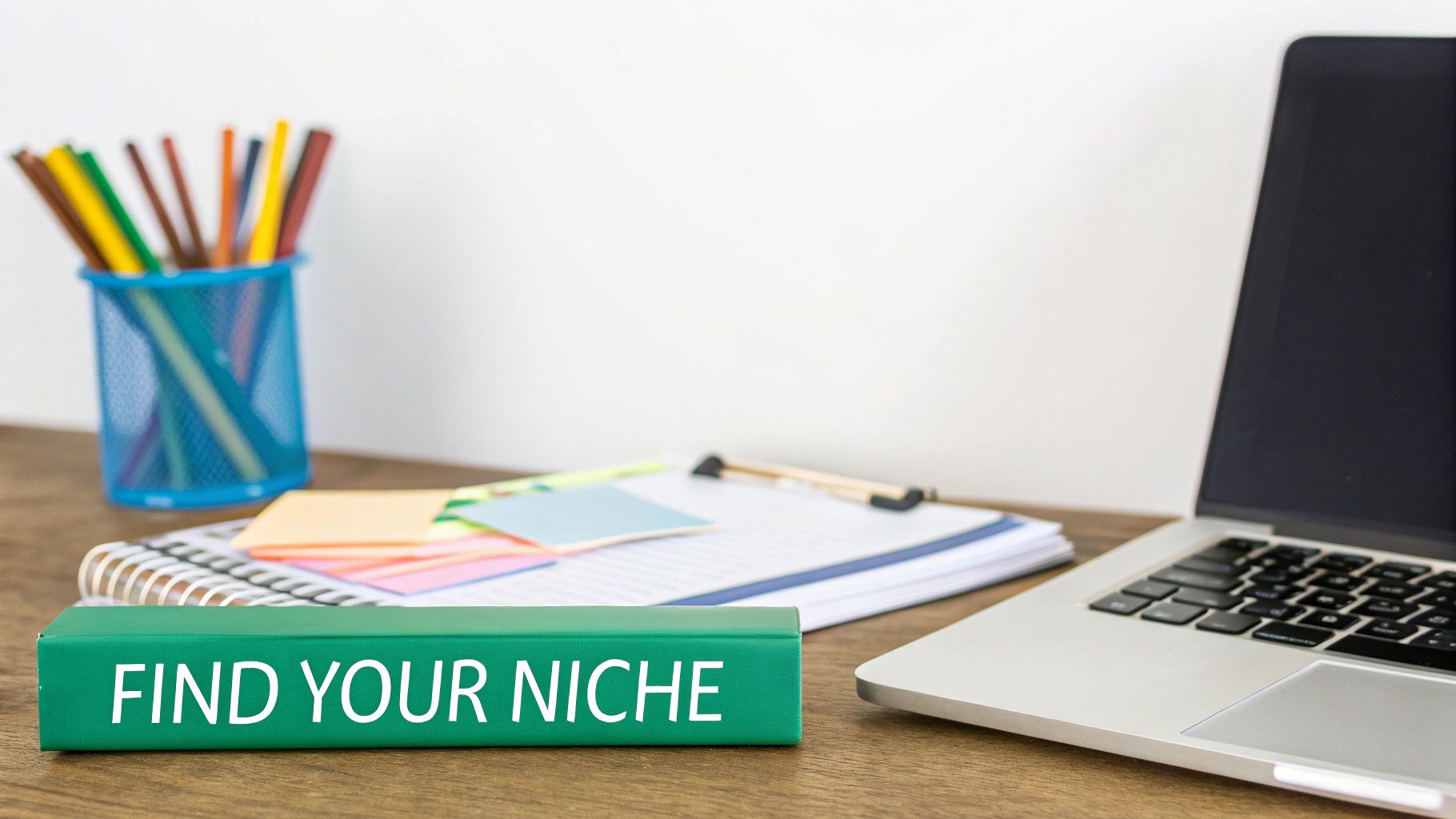
Alright, your profile is looking sharp, and your engagement is solid. Now for the exciting part: finding brands to partner with. The real work isn't just about sliding into the DMs of every company you admire. It's about a careful, strategic search for sponsors that make sense for your audience and your brand.
Get this part right, and your sponsored posts will feel like a natural extension of your content, not a jarring ad. That authenticity is what makes brands want to come back for more.
Think of yourself less as a creator asking for a handout and more as a strategic partner who gets what a brand is trying to achieve. The easiest place to start? Your own home. Look around at the products you already use and genuinely love. This is the low-hanging fruit—promoting something you can personally vouch for is the most authentic and effective way to kick off your first partnerships.
Once you’ve exhausted your personal favorites, it's time to do a little detective work.
Look at What Your Peers Are Doing
One of the smartest ways to find brands that are open to sponsorships is to see who’s already spending money in your niche. Your competitors—or as I prefer to call them, your peers—are an absolute goldmine of information.
Take a scroll through the feeds of other creators who have a similar audience and content style. Keep an eye out for posts with the "Paid partnership" tag or hashtags like #ad and #sponsored. Finding these is huge because it tells you two very important things:
1. That brand has a budget for influencer marketing. 2. They're already interested in reaching your type of audience.
Start a spreadsheet and list these brands. You're not trying to steal their deals; you're just identifying companies that already see the value in creators like you. This list is your springboard for the real research.
> My Two Cents: Don't just stalk the huge influencers. Pay close attention to the micro-influencers (10,000–50,000 followers) in your space. The brands they work with often have dedicated budgets for creators with smaller, super-engaged audiences. That could be a perfect match for you.
Let Instagram Help You Out
Instagram wants you to land branded content deals, and they've built tools to prove it. The Instagram Creator Marketplace is designed to be a bridge between creators and brands looking to collaborate. If you meet their criteria, you can join the marketplace and essentially put yourself on the radar for companies actively searching for partners.
Inside the marketplace, brands can filter creators by all sorts of metrics, like audience demographics and interests, making it much easier for the right opportunities to find you. You can also take control by browsing active campaigns and showing your interest directly.
This whole setup helps cut through the noise of cold pitching and connects you with brands that have money to spend. Of course, this is where having a polished profile really pays off—it's a core piece of any strong Instagram growth strategy.
Vet Every Brand for a True Fit
So you have a list of potential sponsors. Great. But before you even think about crafting a pitch, you have to do your homework. A partnership that looks perfect on the surface can quickly turn sour if your values don't line up.
Here’s what you need to ask yourself about every single brand on your list:
Do we share the same values? If your whole brand is built on sustainability, partnering with a fast-fashion giant is going to give your audience whiplash and tank your credibility.
What’s their vibe? Check out their social media feeds and website. Does their brand voice and aesthetic feel like a good match for your content, or would a collaboration feel forced and out of place?
Who have they worked with before? See what other creators they've partnered with. Do they work with a diverse group, or do they seem to stick to one very specific type of influencer?
This vetting stage is your quality control. It’s what protects your personal brand and makes sure that every sponsorship strengthens the trust you've built with your followers. Trust me, it's far better to have a handful of incredible, aligned partnerships than a dozen that are just "meh."
Crafting Your Pitch and Professional Media Kit
Alright, you’ve done your homework and have a list of brands you’d love to work with. Now comes the crucial part: making contact.
This is where so many creators go wrong. A lazy "let's collab" DM is a surefire way to get ignored or deleted. If you want to get sponsored on Instagram, you need to shift your mindset. You're not just a fan asking for free stuff; you're a marketing partner approaching another business.
That means ditching casual messages and stepping up your game with a polished pitch and a professional media kit. Think of the media kit as your creator resume—it's your chance to show a brand, in a single document, exactly why you're worth their investment.
What Goes Into a Winning Media Kit
Your media kit is your secret weapon. It’s a clean, professional document that instantly showcases your brand, your audience, and your track record. It saves everyone time and immediately signals that you take this seriously.
While a sharp design is nice, the information inside is what matters. Aim for a visually appealing PDF, usually 2-4 pages long, that you can easily attach to an email.
Here’s a breakdown of what brands need to see in your media kit. Getting these elements right shows you understand what they're looking for and respect their time.
Essential Media Kit Components
Intro & Bio
Your introduction is the first impression you give. A short, professional bio should explain who you are, what your niche is, and what your mission stands for.
Pro Tip: Keep it brief and impactful. Emphasize the value you bring to your audience and how that aligns with potential brand partners.
Key Metrics
Brands rely on data, so include your follower count, engagement rate, monthly reach, and story views.
Pro Tip: Use screenshots from Instagram Insights to showcase your numbers. This provides undeniable proof and builds immediate trust.
Audience Demographics
Let brands know who your audience is. Share details like age range, gender distribution, and top locations of your followers.
Pro Tip: This is one of the most important sections, as it allows brands to quickly assess if your audience matches their target market.
Past Work & Testimonials
Showcase examples of your top content, particularly successful brand collaborations. Include client testimonials if available.
Pro Tip: Highlight 2–3 of your best-performing posts. Briefly describe the campaign goals and key outcomes, such as engagement or click-throughs.
Services & Rates
Be clear about the services you offer (e.g., feed posts, Reels, Story series) and list starting rates for each.
Pro Tip: Consider bundling services into packages (like 1 Reel + 3 Stories) to make it easier for brands to understand your offerings and streamline negotiations.
Having this ready to go proves you're a professional, not a hobbyist. It gives the brand manager everything they need to make an informed decision without a dozen back-and-forth emails.
How to Write a Pitch That Gets a Response
Your email or DM is your one shot to make your case. Forget about generic templates—personalization is everything. You have to prove you actually know the brand and have a genuine, creative idea for how you could work together.
> Key Takeaway: Your pitch should never be about what the brand can do for you. It should be entirely focused on the value you can bring to them. Frame your collaboration idea around helping them achieve their marketing goals.
To manage your outreach without losing that personal touch, you might look into effective cold email automation strategies. This can help you stay organized with follow-ups, which are often where the real magic happens.
Remember, the way you communicate sets the tone for the entire partnership. For an even deeper look at outreach tactics, check out our complete guide on how to get brand deals.
Don't forget to back up your pitch with powerful data. Industry-wide, brands see an average return of $4.12 for every $1 they spend on Instagram influencer campaigns. This isn't just a number; it's proof that what you do drives real business results. Mentioning this shows you understand the bottom line and are confident in the value you can deliver.
Navigating and Negotiating Your First Brand Deal

When a brand finally slides into your DMs or replies to your pitch, it’s a massive win. But that initial excitement is just the starting line. Now comes the real work: turning that interest into a fair, clear, and mutually beneficial deal.
This is the moment you shift from being a creator to a true business partner. It can feel intimidating at first, but it doesn't have to be. With the right approach, you can step into negotiations with confidence, ready to secure a partnership that respects your hard work. Remember, if they reached out, they already see your value—your job is to define what that value is worth.
Understanding Your Worth and Setting Your Rates
The first question every creator has is, "How much should I charge?" There’s no magic number, and your rates will depend on a mix of factors. While top-tier influencers earn millions, most of us operate on a different scale. Micro-influencers with up to 100,000 followers often see $100–$500 per post, while nano-influencers with fewer than 10,000 followers can land deals from $10–$100 per post.
So, how do you figure out your specific price? It's a blend of a few key elements:
The Deliverables: What are you creating? A single feed post is one thing, but a package including a Reel, five Stories, and a link in your bio is a completely different level of effort and exposure.
Follower Count: Your audience size gives a baseline for your reach, but it's far from the only metric that matters.
Engagement Rate: This is where the real value lies. A high engagement rate proves you have an active, loyal community that genuinely trusts what you have to say. For tips on improving this crucial metric, check out these Instagram engagement strategies.
> My Advice: Build a simple rate card. It doesn't have to be fancy, just a clean document outlining your prices for individual services (like one Reel) and bundled packages (like one Reel + three Stories). It makes you look professional and gets the negotiation process started on the right foot.
Exploring Different Compensation Models
Cash isn't always king, especially when you're just starting. Brands often propose different kinds of compensation, and understanding your options will help you spot a good deal from a bad one. Sometimes, the best partnerships involve a mix of these models.
Common Ways to Get Paid:
Free Product (Gifting) is best for new creators building a portfolio or when the product’s value is genuinely high. However, ensure the product’s worth justifies your time, and avoid letting gifting become your only form of payment.
Flat Fee is the standard for most collaborations, offering predictable income for specific work. Make sure the fee accounts for your time, effort, and audience value—don’t undervalue yourself.
Affiliate Commission works well for driving sales of a product you already love and use, making it ideal for long-term, authentic promotion. Keep in mind that income depends on sales, so results can be unpredictable compared to a flat fee.
Long-Term Ambassadorship suits creators with a deep, authentic connection to a brand. Note that these deals are often exclusive, restricting work with competitors, so commit only if you truly believe in the brand.
Decoding the Contract and Key Terms
Once you've agreed on the work and the payment, a contract will land in your inbox. Never, ever start work without a signed agreement. Read every single line, and don't be afraid to ask for changes or clarification. This is your business, after all.
Pay close attention to these critical terms:
Usage Rights: This defines how the brand can use your content. Can they put it on their website? In social media ads? On a billboard in Times Square? Broader usage rights should always mean a higher fee.
Exclusivity: An exclusivity clause locks you in, preventing you from working with competing brands for a set period. Since this limits your ability to earn, it should always come with extra compensation.
Payment Terms: When and how will you get paid? The industry standard is often Net-30 or Net-60, which means you'll be paid 30 or 60 days after* you submit your final invoice. Get this in writing.
Successfully negotiating your first deal is a huge milestone. It sets the tone for every partnership to come, so take your time, know your worth, and be your own best advocate.
Common Questions About Instagram Sponsorships
Jumping into the world of Instagram sponsorships can feel like learning a new language. As you go from being a creator who just loves to post to someone looking to build a business, a ton of questions pop up. It's normal to wonder about the unwritten rules and what brands are looking for.
Getting solid, straight-ahead answers is the key to navigating this path with confidence. Let's break down some of the most common questions I hear from creators who are just starting to figure out how to get sponsored.
How Many Followers Do I Need to Get Sponsored?
This is the big one, isn't it? The question every single creator asks. And the answer is probably a lot more encouraging than you'd expect: there is no magic number.
While it's easy to assume you need a massive audience, many brands are now actively looking for nano-influencers (1,000-10,000 followers) and micro-influencers (10,000-50,000 followers).
Why the shift? It's simple. Smaller accounts often have incredibly high engagement rates and a tight-knit, niche community. A recommendation from a nano-influencer feels less like a polished ad from a celebrity and more like a genuine tip from a trusted friend.
> Key Insight: Forget the vanity metrics and focus on building a dedicated, engaged community first. A brand would much rather partner with a creator who has 2,000 followers hanging on every word than one with 50,000 who barely glance at their posts. Your engagement rate is your most valuable currency.
This focus on authentic connection is making a real impact. A fascinating 2023 report showed that women now make up 77% of Instagram creators earning from their content, with men at 23%. You can dive deeper into these numbers in this breakdown of sponsorship trends.
Should I Work for Free Products?
Ah, the "gifting" debate. When you're just starting, a product-only collaboration can be a really smart move. Think of it as an internship. It helps you build a portfolio of brand work, get comfortable creating sponsored content, and prove you can deliver results—all without the pressure of a big paid contract.
But here's the crucial part: it's a stepping stone, not a long-term strategy. As your influence grows and your content gets better, you have to start transitioning to paid partnerships. Your time, your creativity, and your access to your audience are all incredibly valuable.
Here’s a quick mental checklist to help you decide:
What's the product worth? Is this something you were planning to buy anyway? A brand offering you a $500 vacuum cleaner you desperately need might be a better deal than a $100 cash payment.
Does the brand align with your values? A fantastic portfolio piece from a dream brand can be a powerful key to unlocking paid work with similar companies down the road.
What's the workload? If a brand wants a high-effort Reel plus multiple Stories in exchange for a $20 product, it's completely fair to politely decline. You can even use it as a chance to open negotiations for a paid rate instead.
How Do I Find a Brand's Contact Email?
Finding the right person to pitch is half the battle. Firing off a message to a generic info@ or customer service email is a surefire way to get lost in the shuffle. You've got to put on your detective hat.
First, check the obvious spots. Look at the brand’s Instagram bio for an email specifically for press or collabs. If that's a dead end, head over to their website. Scan the footer or main navigation for a "Contact Us," "Press," or "Media" page.
Still nothing? Time to get a little more strategic. Use a professional networking site like LinkedIn to search for employees with titles like "Marketing Manager," "Social Media Manager," or "Influencer Coordinator" at that company. You can also try tools like Hunter.io, which can help sniff out email addresses associated with a company's web domain.
Taking the time to reach the right person directly shows initiative and professionalism. It instantly makes your pitch stand out from the hundreds of generic DMs they ignore every day.
Ready to stop waiting for brands to notice you and start growing an audience they can't ignore? Gainsty uses advanced AI and real Instagram expertise to help you gain organic followers who are genuinely interested in your content. Build a powerful, engaged community and make your profile sponsor-ready. Start your organic growth journey with Gainsty today.
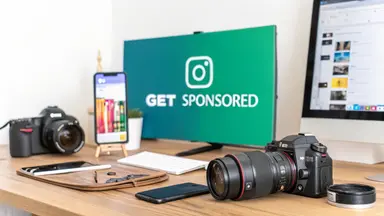
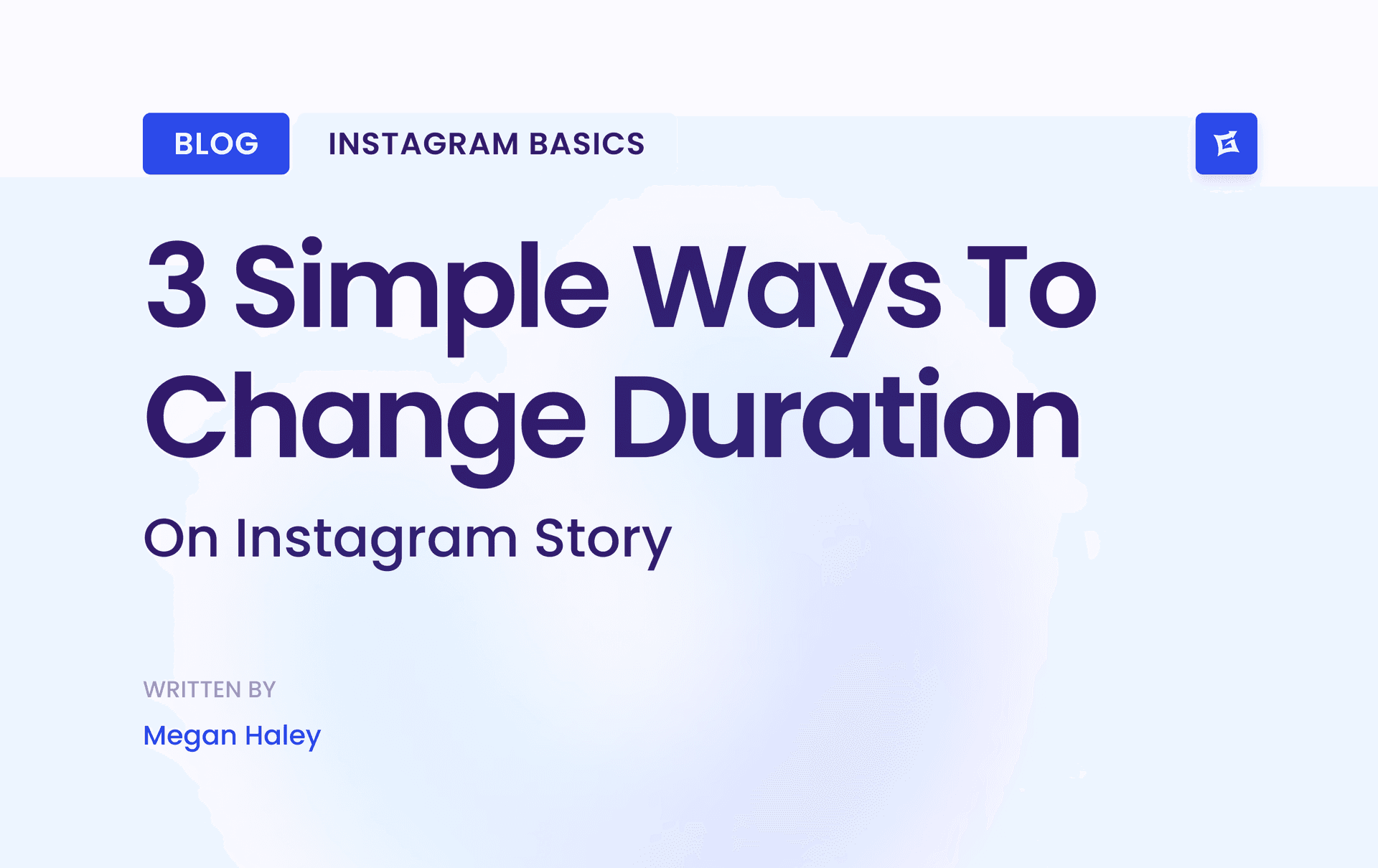
.png&w=1920&q=75&dpl=dpl_9XSWKBjhcBN6v6b1SN7m3p1WWjfr)
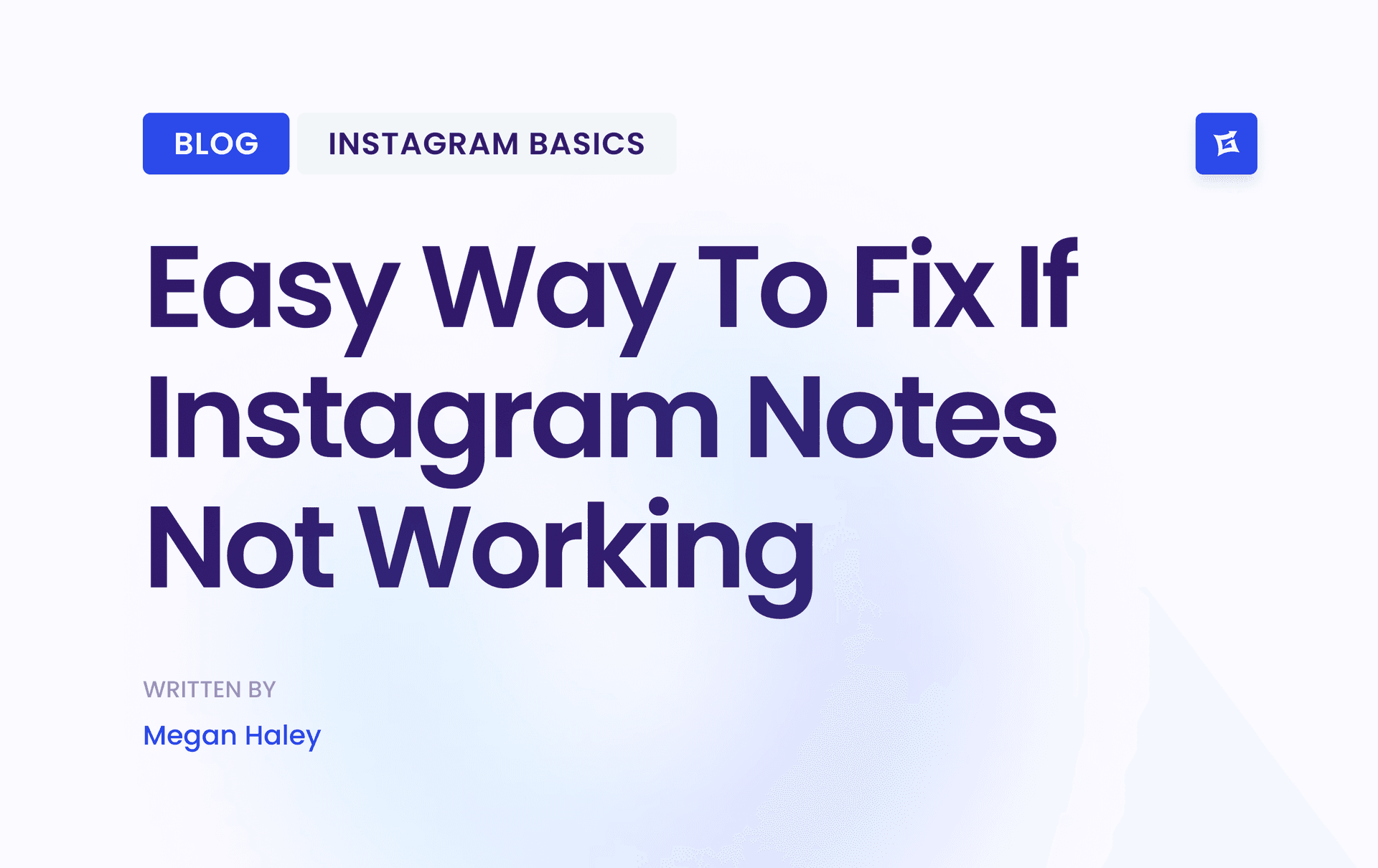
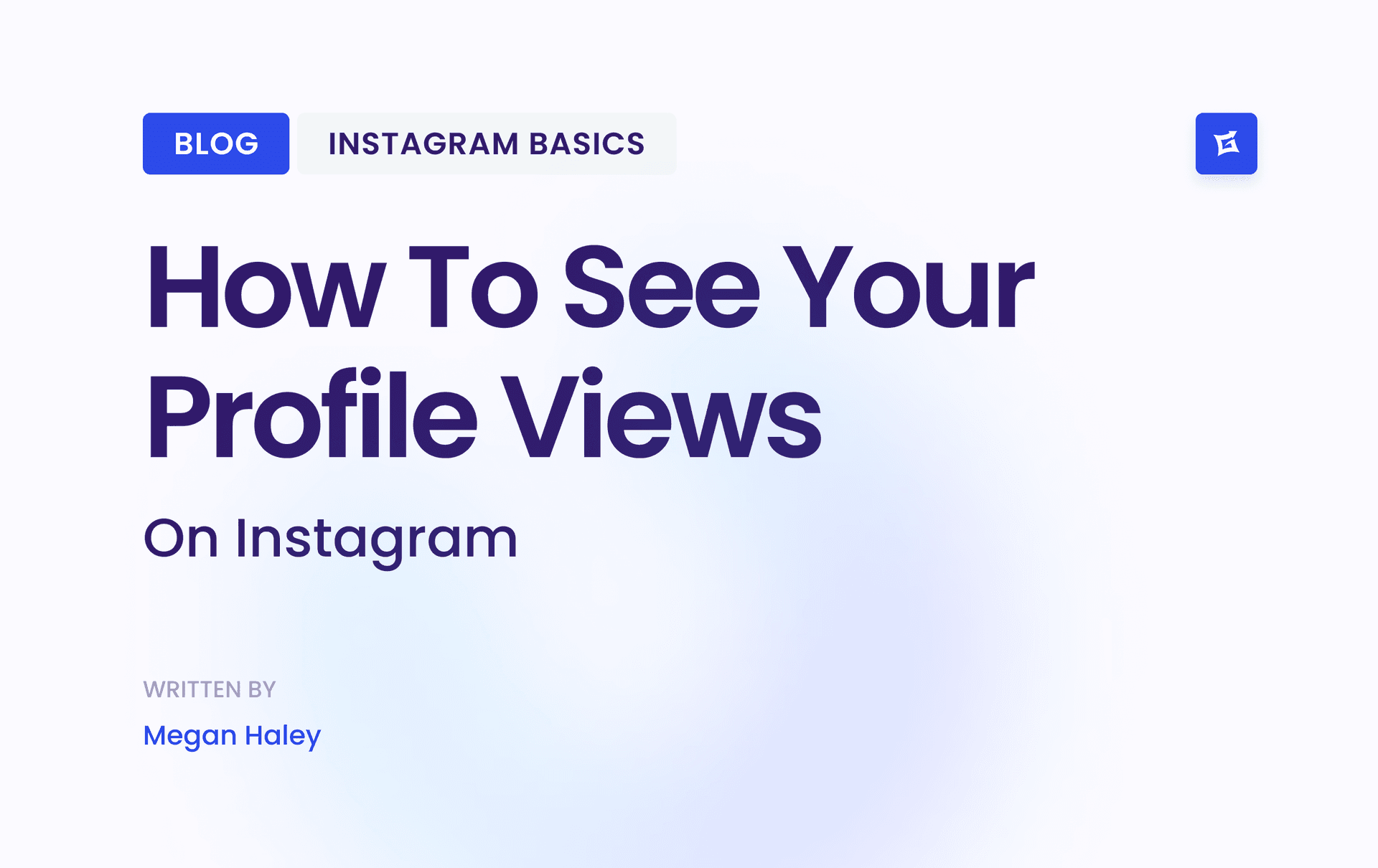
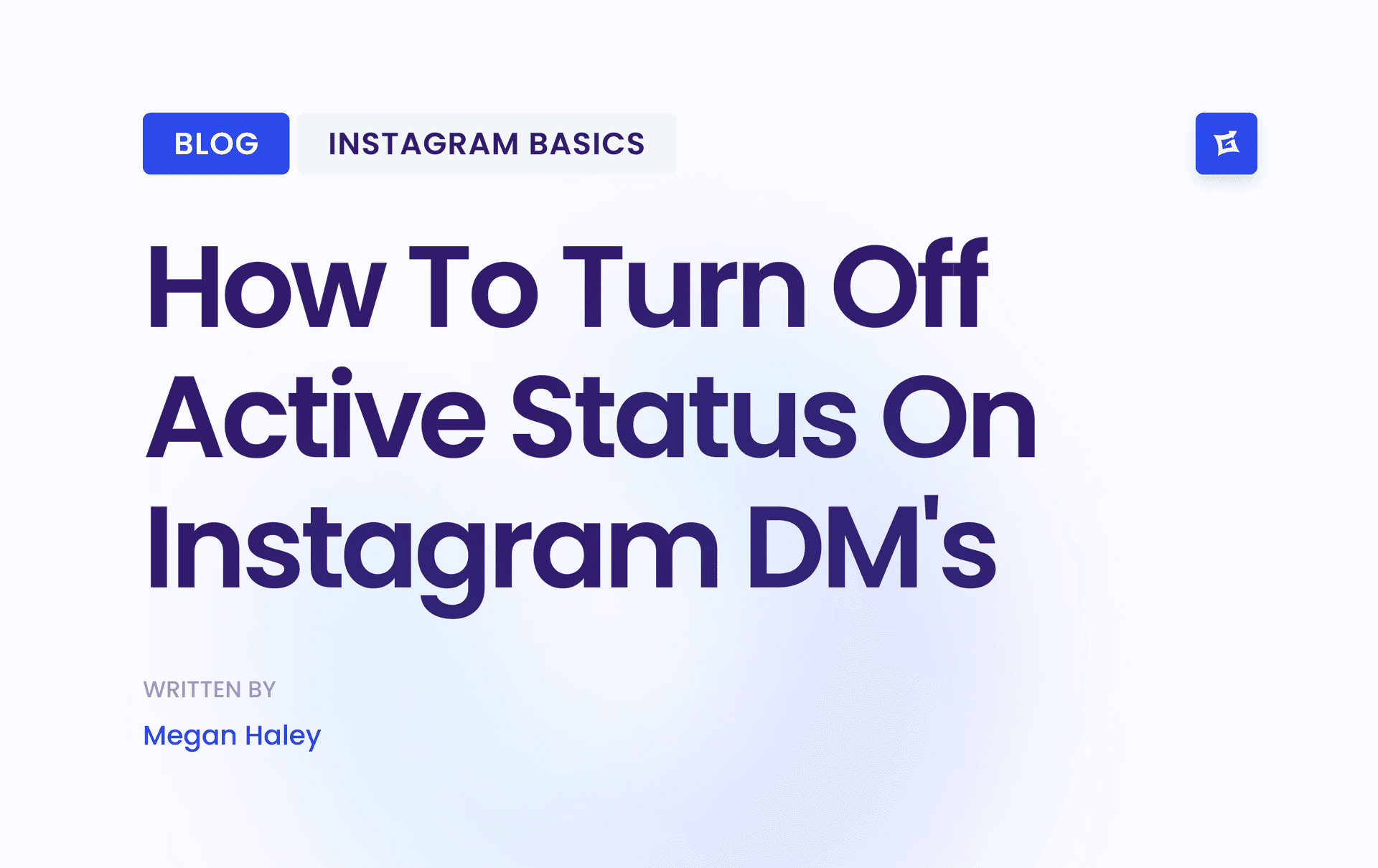
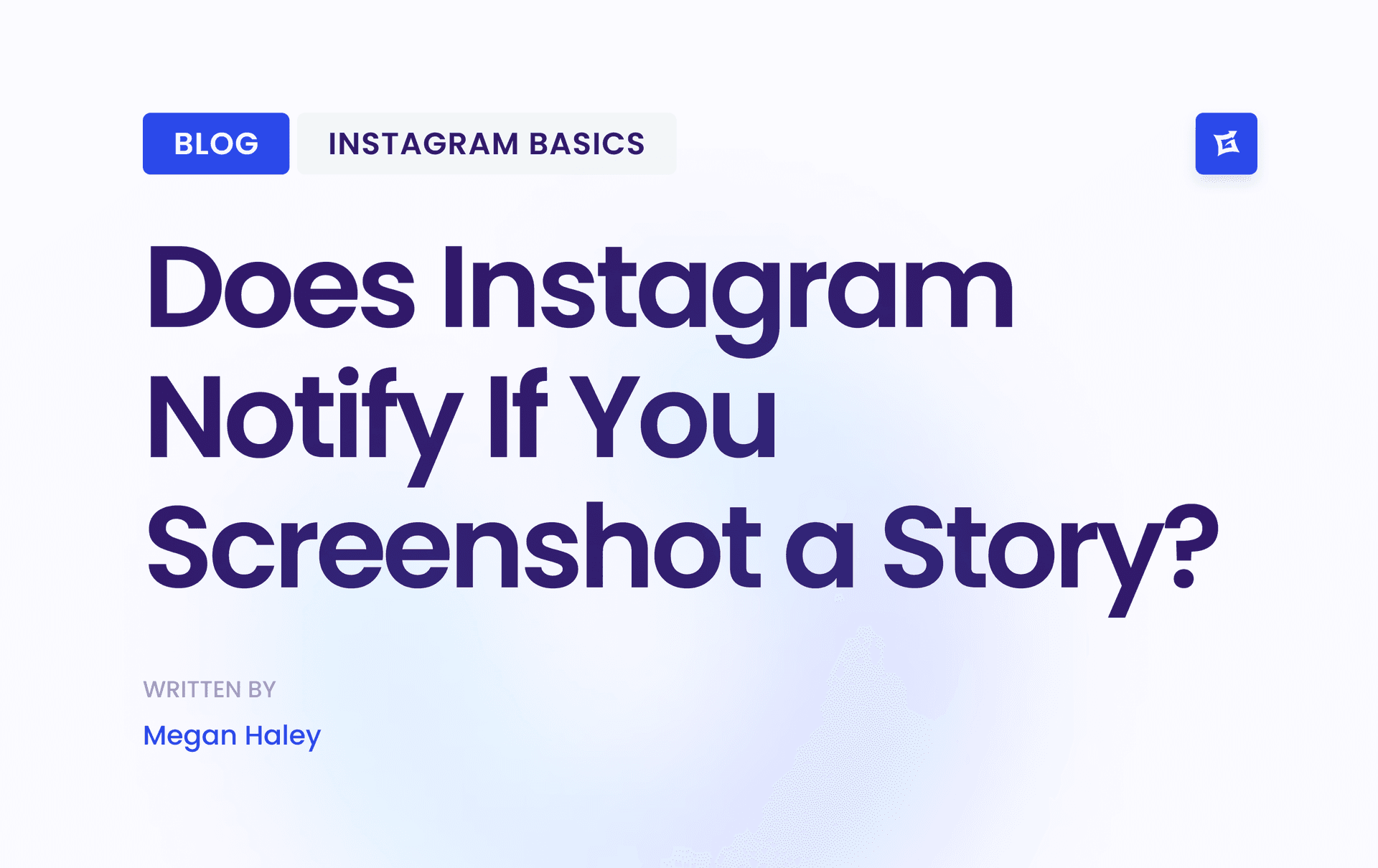


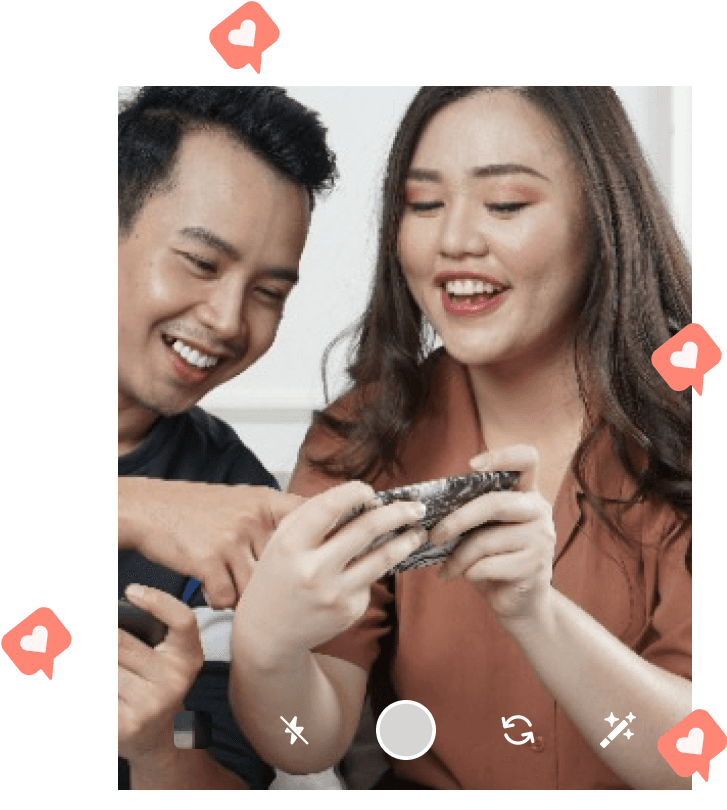
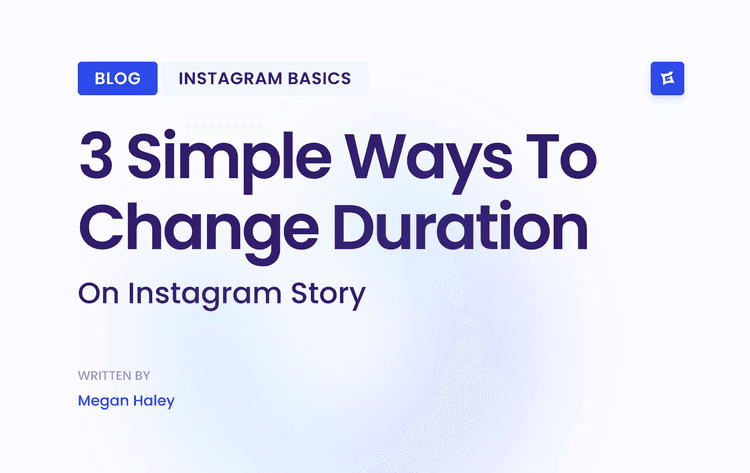
.png&w=750&q=75&dpl=dpl_9XSWKBjhcBN6v6b1SN7m3p1WWjfr)
